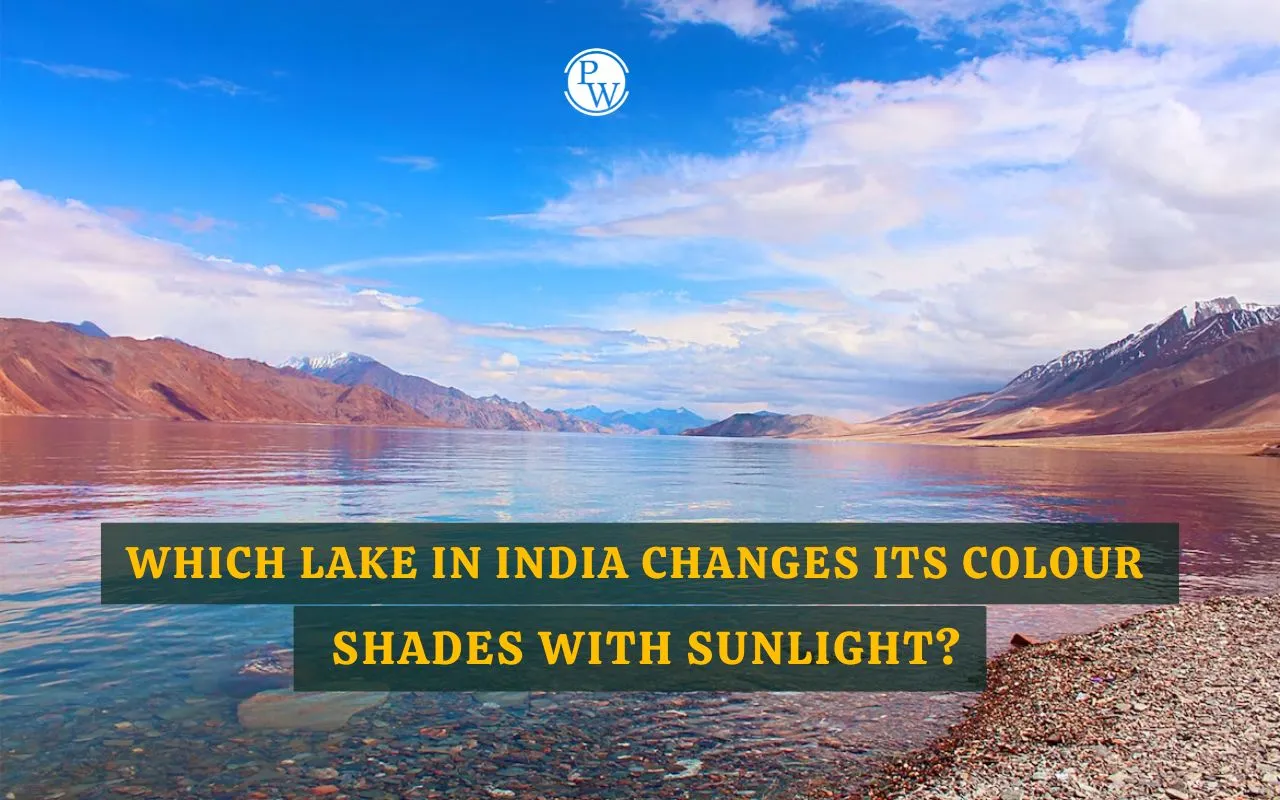

India is home to several breathtaking natural wonders, but few places captivate travellers the way Ladakh’s famous Pangong Tso does. Known for its dramatic colour changing phenomenon, this high altitude lake appears to transform as the sun moves across the sky. From brilliant turquoise in the morning to rich navy blue by evening, Pangong Tso seems almost alive, mirroring the raw Himalayan beauty around it. Its saline water, mineral-rich composition, and exceptional clarity, combined with the thin atmosphere at about 4,350 metres, create a dazzling visual experience. Visitors from around the world travel here to witness this rare natural spectacle that blends science with scenic magic.
Indian District Famous for the Colour Changing Lake
Ladakh is widely known for Pangong Tso, a Himalayan lake that displays noticeable colour shifts throughout the day. Its shades vary from turquoise to green and sometimes reddish tones depending on sunlight, weather conditions and the properties of its saline water. The surrounding mountains further enhance this natural display, making it one of the most captivating attractions in India.
Colours of Pangong Lake
Pangong Tso is admired for its constantly shifting colours. While its primary appearance is deep blue, the lake can also show jade green, turquoise or rusty shades depending on changing light conditions. This natural transformation creates a magical landscape that feels different every time a visitor looks at it.
Why Does Pangong Lake Change Colour
1. Saline and Mineral Rich Water
Pangong Tso contains brackish water loaded with minerals. These minerals interact with light, producing various shades from gentle turquoise to darker blue.
2. Sunlight Angle and Weather
As the sun changes position, light bends differently in the water. The presence of clouds, wind and atmospheric clarity also affects how colours appear.
3. High Altitude Environment
At around 4,350 metres above sea level, the thin atmosphere increases the brightness and sharpness of colours. This makes the lake’s shades appear more vivid and striking.
Pangong Tso: India’s Most Famous Colour Shifting Lake
Located between India and Tibet, Pangong Tso sits at an impressive elevation and is often described as a natural mood board. Its colours change from pale turquoise at sunrise to deep indigo by evening because of sunlight reflection, mineral content, and extremely clear glacial water. Many visitors describe it as a mood ring created by nature.
Key Facts About Pangong Tso
Location: Himalayan region of Ladakh and partly extending into Tibet
Altitude: Approximately 4,350 metres above sea level
Length: Nearly 134 kilometres
Salinity: Contains saline water despite freezing in winter
Colour changes: Shows shades of blue, green and reddish depending on sunlight and weather
Other Indian Lakes That Show Colour Variations
India has a few lakes that also display changing hues due to minerals, salinity, algae or climatic conditions. These colour variations occur naturally when water composition interacts with sunlight and seasonal factors. Although they are not as widely known as Pangong Tso, the phenomenon is scientifically similar in nature.
Significance of This Topic for Government Exams
The geography of Ladakh, including lakes such as Pangong Tso, is frequently asked in exams like SSC, UPSC, State PCS, and Railways. Questions may focus on altitude, salinity, international boundaries and Himalayan landscapes. The colour-changing behaviour is important for conceptual topics related to light reflection, refraction, and physical geography. Its location near international borders also makes it relevant for current affairs and strategic geography sections.
